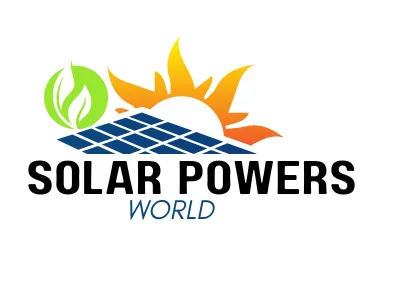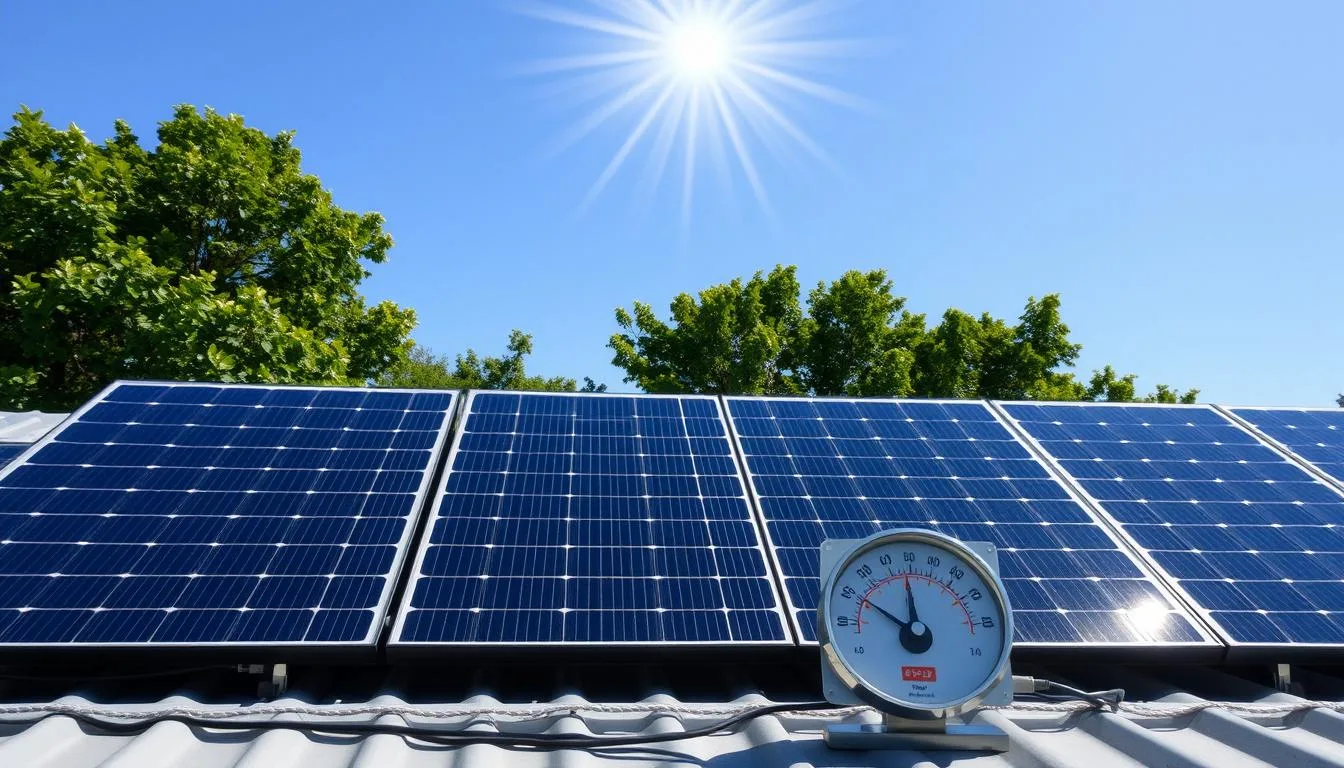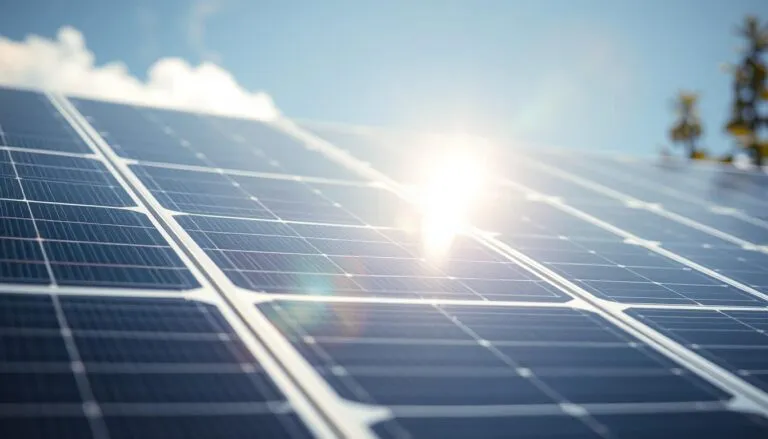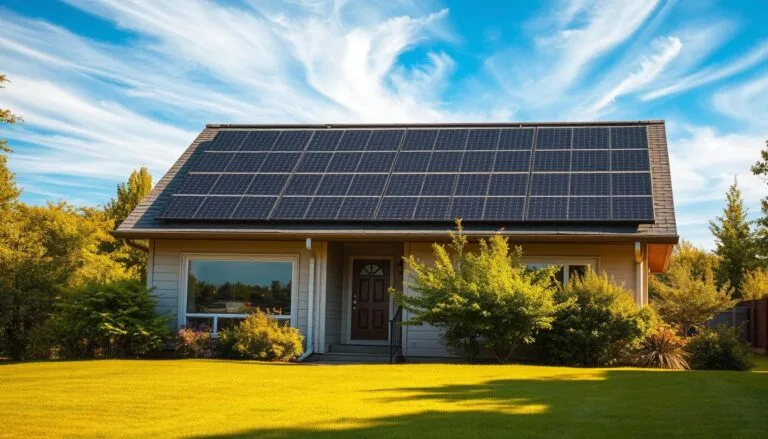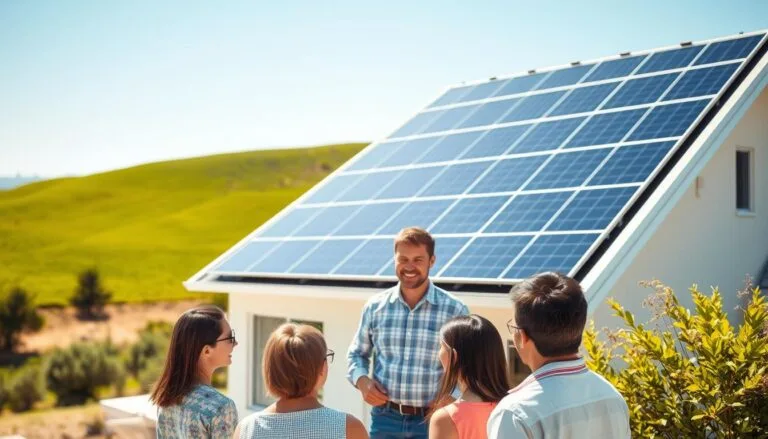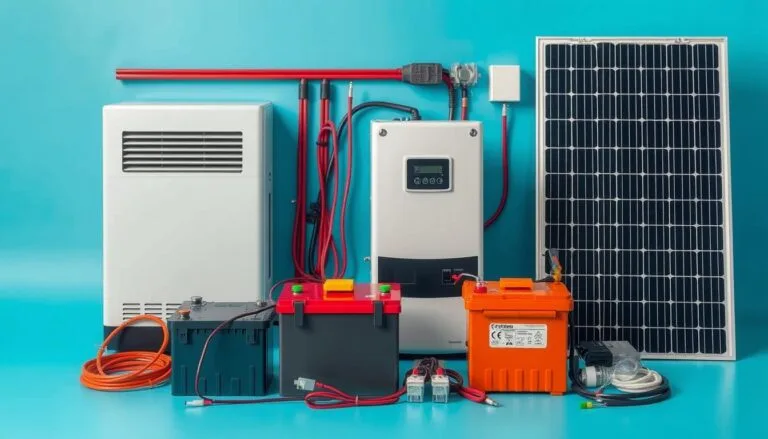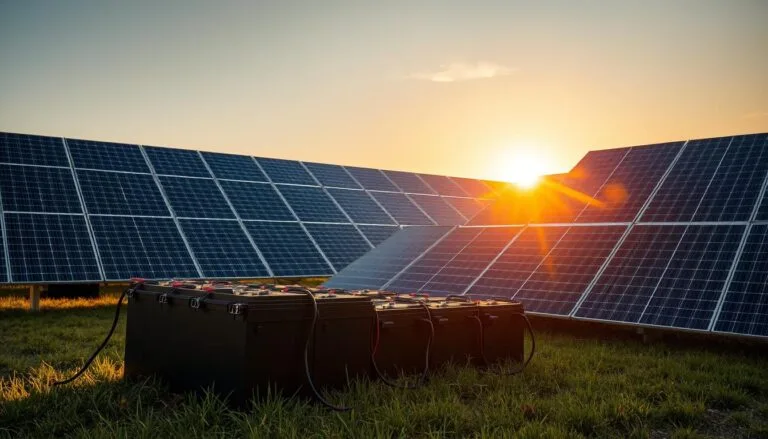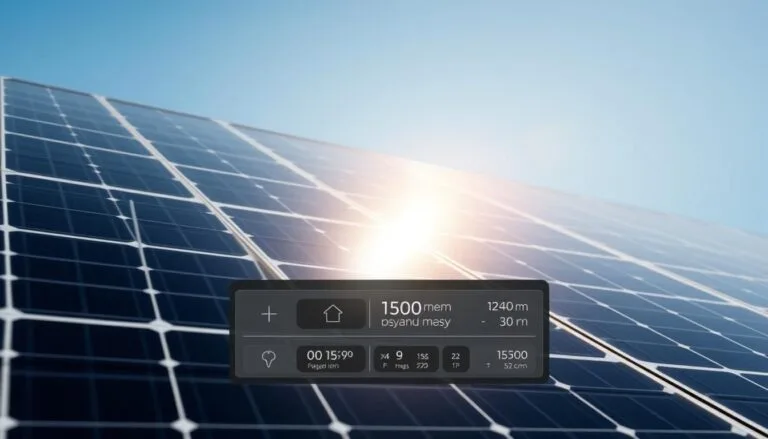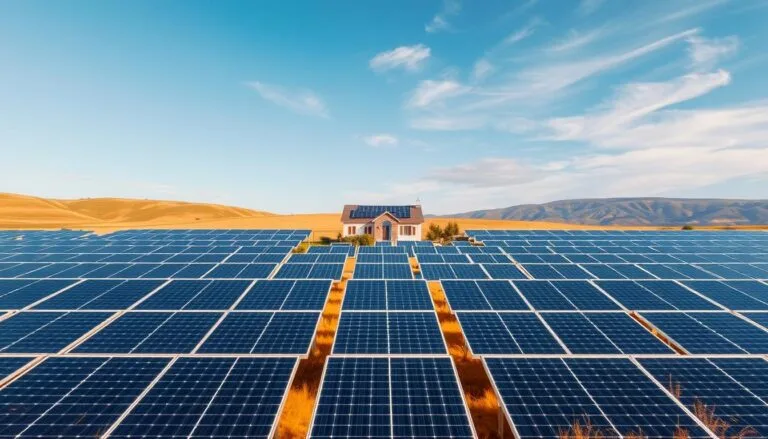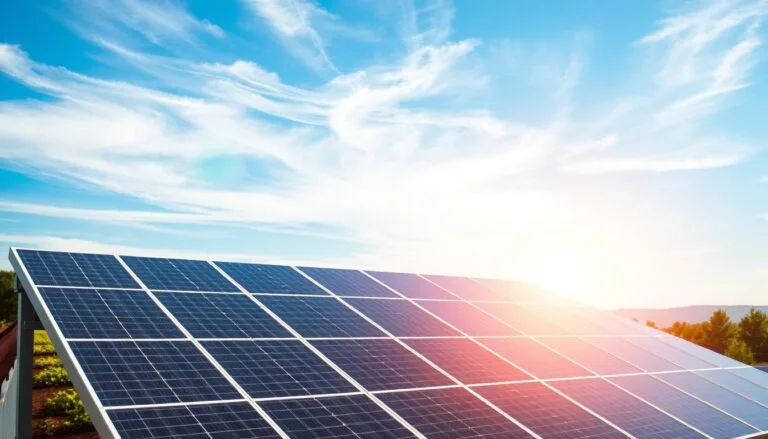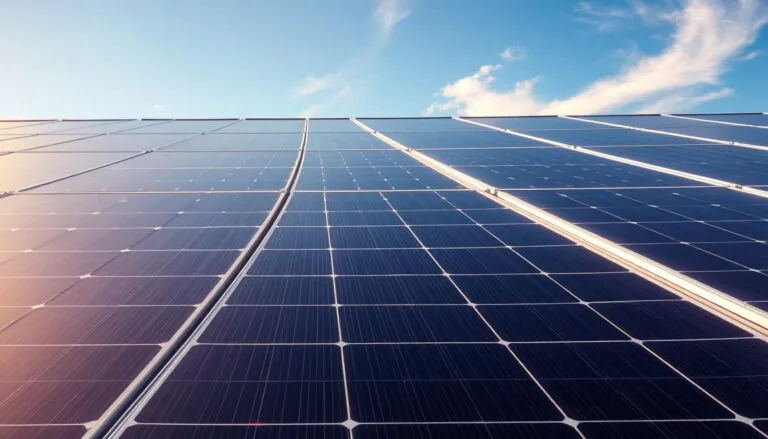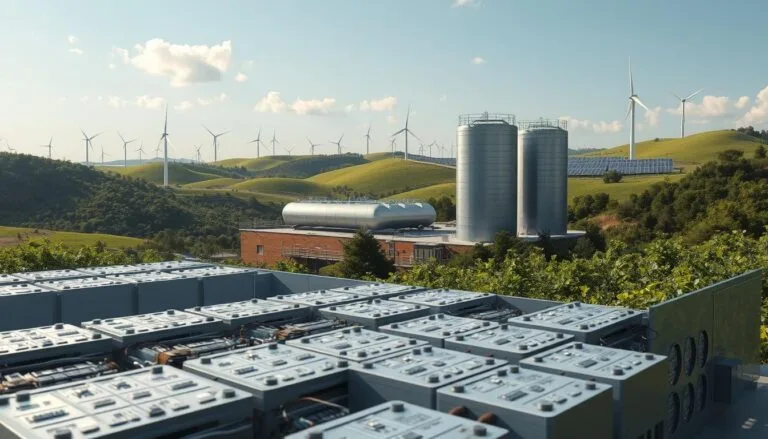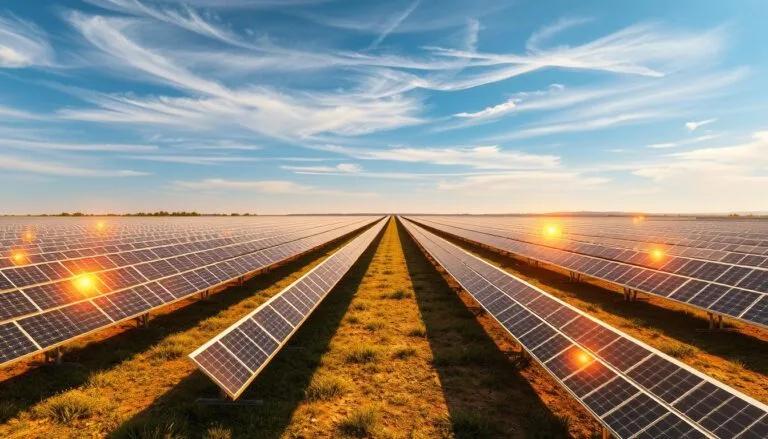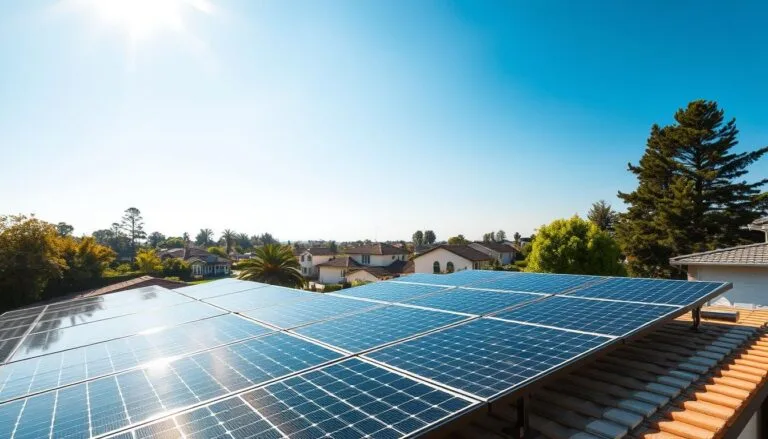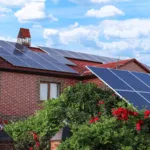Solar energy is a key to sustainable innovation, offering clean power that won’t run out. As we face climate change, knowing how is solar energy released is vital. It starts with the sun’s power, which solar panels and tech capture using the PV effect and solar thermal systems. This energy is clean, making it a key part of eco-friendly power.
Solar energy harnessing uses technology that lasts a long time and gets better. Solar panels can last more than 25 years, and new materials and recycling make them even greener. This green tech isn’t just for Earth; it works in space too, powering satellites and spacecraft.
Key Takeaways
- Solar energy doesn’t emit greenhouse gases, making it a green renewable power source.
- Solar panels last over 25 years, which helps reduce their carbon footprint.
- Photovoltaic technology has a long history, starting with the first silicon PV cell in 1954.
- Solar panels turn sunlight into electricity or heat through the photovoltaic effect or solar thermal tech.
- Big solar farms show how solar energy is becoming a big part of the world’s power.
- The amount of sunlight Earth gets shows how much solar energy is available for our energy needs.
The Fundamentals of Solar Energy Release
The journey of solar energy from the sun to Earth is both fascinating and complex. The solar energy production process starts with nuclear fusion in the sun. Here, hydrogen atoms turn into helium, releasing a lot of electromagnetic radiation. This radiation includes visible light, UV, and infrared rays, which are key for using solar energy on Earth.
Looking at how electromagnetic radiation turns into electricity is crucial. Photovoltaic (PV) technology does this by using solar panels. These panels have PV cells that catch photons and move electrons, creating electric current. This is the main step in the solar energy production process.
- Direct sunlight makes solar panels work best, showing how location affects solar energy use.
- Places with more solar irradiance, like the southwestern United States, get more energy from PV systems.
| Year | Total U.S. Solar Energy Use (Trillion Btu) | Solar Electricity Generation (Billion kWh) |
|---|---|---|
| 1984 | 0.06 | 0.005 |
| 2022 | 1870 | 204 |
These numbers show how nature and technology work together. They highlight the importance of solar irradiance and how electromagnetic radiation helps us use solar energy. This shows a strong link between nature and human innovation in solar energy.
The Historical Evolution of Solar Energy Utilization
The journey of solar energy harnessing has seen big steps that changed how we make and use energy. From old times to now, solar power shows our creativity and our push for green energy.
Early Solar Energy Practices
People started using the sun’s power over 3,500 years ago. They used magnifying glasses to make sunlight hot enough to start fires. This was useful for daily life and had special meaning in ancient Greece and Rome.
These early uses of solar energy showed us its big potential.
The Birth of Photovoltaic Technology
Edmond Becquerel found the photovoltaic effect in 1839, starting a new chapter in solar tech. He made the first solar cell, turning light into electricity. This led to more work on solar technology.
Charles Fritts made solar modules with selenium in 1883, but they weren’t very efficient. Then, in 1954, Gerald Pearson, Daryl Chapin, and Calvin Fuller at Bell Labs made silicon solar cells. These were much better and started the modern solar industry.
Solar Power in Modern Applications
In the mid-1900s, solar power started to be used more. In 1958, Vanguard I, a solar-powered satellite, was launched. This showed solar power’s potential in space.
By the 2000s, governments and companies were investing in solar tech. Laws like the 2005 Energy Policy Act helped make solar more attractive. The cost of solar systems went down a lot from 2012 to 2015, making solar more popular in the U.S.
Nuclear Fusion: The Sun’s Energy Production
The sun is a huge power source at our solar system’s heart. It uses nuclear fusion to make the energy that reaches Earth. This energy powers everything from nature to our solar panels.
This process in the sun turns hydrogen into helium. It happens on a huge scale and is key to understanding energy.
The Proton-Proton Chain Reaction
The proton-proton chain reaction is the sun’s main way to make energy. Hydrogen nuclei merge under extreme heat and pressure to create helium. This creates a huge amount of energy.
Every second, the sun turns 620 million metric tons of hydrogen into energy. This energy supports life on Earth and helps us understand how solar panels work.
How the CNO Cycle Contributes
The CNO cycle is another important process in stars like the sun. It uses carbon, nitrogen, and oxygen to help turn hydrogen into helium. This process adds about two percent to the sun’s energy.
This shows us another way fusion can happen in stars. It’s important for scientists studying how to use fusion energy in solar panels.
Learning how the sun makes energy is fascinating and important for technology. It helps us understand solar power and photovoltaic energy production. These processes show solar power could be a key energy source for the future.
Understanding Solar Panel Operation
The way solar panels work is key to solar panel operation. They turn light into electricity, using sunlight as the main source. This process is called photovoltaic energy production. It’s a blend of technology and nature.
Photovoltaic (PV) cells are at the core of this process. They’re made from silicon, like monocrystalline, polycrystalline, or thin-film types. These cells catch light photons and let out electrons, creating an electric current in DC form. This current needs to be changed to AC for home use. Inverters do this conversion and keep an eye on the system’s performance and energy output. Learn more about how these systems work
Solar systems use many panels to catch more sunlight, boosting energy production during peak hours. Smart meters and electrical panels make sure the energy goes where it’s needed in the home. Smart meters help with net metering, letting homeowners send extra energy back to the grid and get credits.
| Year | Utility-Scale PV Generation (billion kWh) | Small-Scale PV Generation (billion kWh) |
|---|---|---|
| 2004 | 6 | Data Not Available |
| 2014 | Rapid increase noted | 11 |
| 2023 | 162 | 74 |
This table shows how PV power has grown over time. It highlights solar power’s growing role in our energy mix. Solar energy can lower bills, cut carbon emissions, increase independence, and support a clean energy future. Understanding solar panels and their benefits shows their importance in global energy solutions.
Photovoltaic Energy Production Process
The process of photovoltaic energy production is key to understanding how is solar energy released and turned into usable power. When sunlight hits solar panels, it starts a flow of electrons. This creates direct current (DC) electricity. Then, an inverter changes this DC electricity into alternating current (AC), which is what we use in our homes and businesses.
Recently, there have been big improvements in photovoltaic technology. For example, better cell technology has made solar panels more efficient. Various scientific assessments show that solar panels now average about 20% efficiency. Some top models even reach up to 24.63% efficiency with special technology.
- Photovoltaic cells turn light into electricity using a special material that reacts to light in a unique way.
- Solar energy generation methods have gotten more diverse, making solar power more popular for homes and businesses.
The use of photovoltaic power has grown a lot, reaching 710 GW by the end of 2020. That year, 125 GW of new power was added, showing how big and important photovoltaic energy production is becoming.
| Year | Global Installed PV Capacity (GW) | New Installed Capacity (GW) |
|---|---|---|
| 2020 | 710 | 125 |
| 2019 | 585 | 115 |
The Ivanpah Solar Electric Generating System in California shows how concentrated solar power works. It uses mirrors or lenses to focus sunlight into a beam.
- Solar module prices have dropped by up to 93% since 2010.
- The cost of electricity from solar PV projects has fallen by 85%, making solar more competitive.
Creating photovoltaic modules involves making polysilicon, ingots, wafers, cells, and modules. These steps are crucial for making photovoltaic systems work well.
These improvements, policies, and manufacturing steps highlight the importance of solar energy generation methods and how is solar energy released through photovoltaics. They are key to a sustainable energy future.
Insights into Solar Thermal Technology
Solar thermal technology has grown a lot since it started. It plays a big part in how we use solar energy today. Unlike systems that turn sunlight into electricity, solar thermal uses the sun’s energy to heat fluids. These fluids can then warm homes or create large amounts of energy.
The Working Mechanism of Solar Thermal Panels
Solar thermal technology uses the sun’s energy to heat fluids like water or antifreeze. This happens with solar collectors that grab solar energy well. The heated fluid moves through pipes, taking its heat to water or a heat exchanger for use at home or in factories.
These systems can work up to 70 percent efficiently. This makes solar thermal a strong choice compared to traditional energy sources.
The Role of Solar Thermal in Heating and Power Generation
Solar thermal is great for heating things. It can warm up water for homes, heat spaces, and even cool places using absorption chillers. On a big scale, it’s key for making electricity in solar thermal power stations by using steam turbines.
This tech is vital for using solar energy in many ways. It can store heat for use even when it’s not sunny. This makes the energy network more stable and reliable, especially in places with changing sunlight throughout the year.
| Statistic | Global Impact | Efficiency |
|---|---|---|
| Global Capacity 2018 | 480 GWth, reducing 137.5 million tons CO2 emissions | Up to 70% efficiency |
| Key Players | China and Europe, 82.1% of total capacity | — |
| Future Potential | Expected to supply 3-12% of global heat production by 2050 | — |
The numbers and new developments in solar thermal show its huge potential. It’s becoming a key part of solar energy use worldwide. Solar thermal systems are set to grow, changing how we think about energy for the better.
Examining Solar Energy Generation Methods
Solar energy methods have changed a lot, becoming key for green power. Solar incentives like tax credits and rebates have helped solar farms grow. These farms are crucial for making solar power.
Solar farms are big setups for making a lot of solar power. They work with power grids to give electricity to big areas. These farms use lots of solar panels to catch the sun’s rays.
- Photovoltaics turn sunlight into electricity. They are used in both small home setups and big industrial projects.
- Concentrating solar power systems make electricity by focusing sunlight to heat fluids. This heats up steam, which turns turbines to make electricity.
Solar power is a big part of the world’s energy mix. It uses photovoltaics and new storage tech like lithium-ion batteries. These batteries help balance the energy supply and demand. They don’t keep all the energy, but they’re key for reliable energy.
Solar-plus-storage systems are changing the industry. They help everyone from home users to big solar farms. As these systems get cheaper and better, they make solar power more effective and sustainable.
Using solar farms shows how we’re moving towards a future with more renewable energy and less carbon. With more progress and support, solar energy will keep growing. This will make solar power even more important in the world’s energy mix.
Weather Patterns and Solar Energy Harnessing
Solar energy use has grown a lot, from 0.02 trillion British thermal units (Btu) in 1984 to 878 trillion Btu in the U.S. by 2023. This shows how important solar energy is today. Solar electricity made up 93% of all solar energy use in 2023. Weather patterns play a big role in how well solar energy works.
Solar panels work well even without direct sunlight, but the quality of the panels and the location matter a lot. Places like California and Texas are great for solar energy because they get a lot of sun. Even with clouds, solar panels can still work well, at about 80% efficiency.
Knowing about things like sunspots and solar flares helps make solar energy better. These things can change how well solar panels work. By learning more about them, we can make solar energy even more reliable.
As we keep improving solar energy, we’re finding new ways to deal with the weather. Studying how sunspots and solar flares affect solar energy is important. Using new technologies and understanding the weather better will help us use solar power more efficiently.

